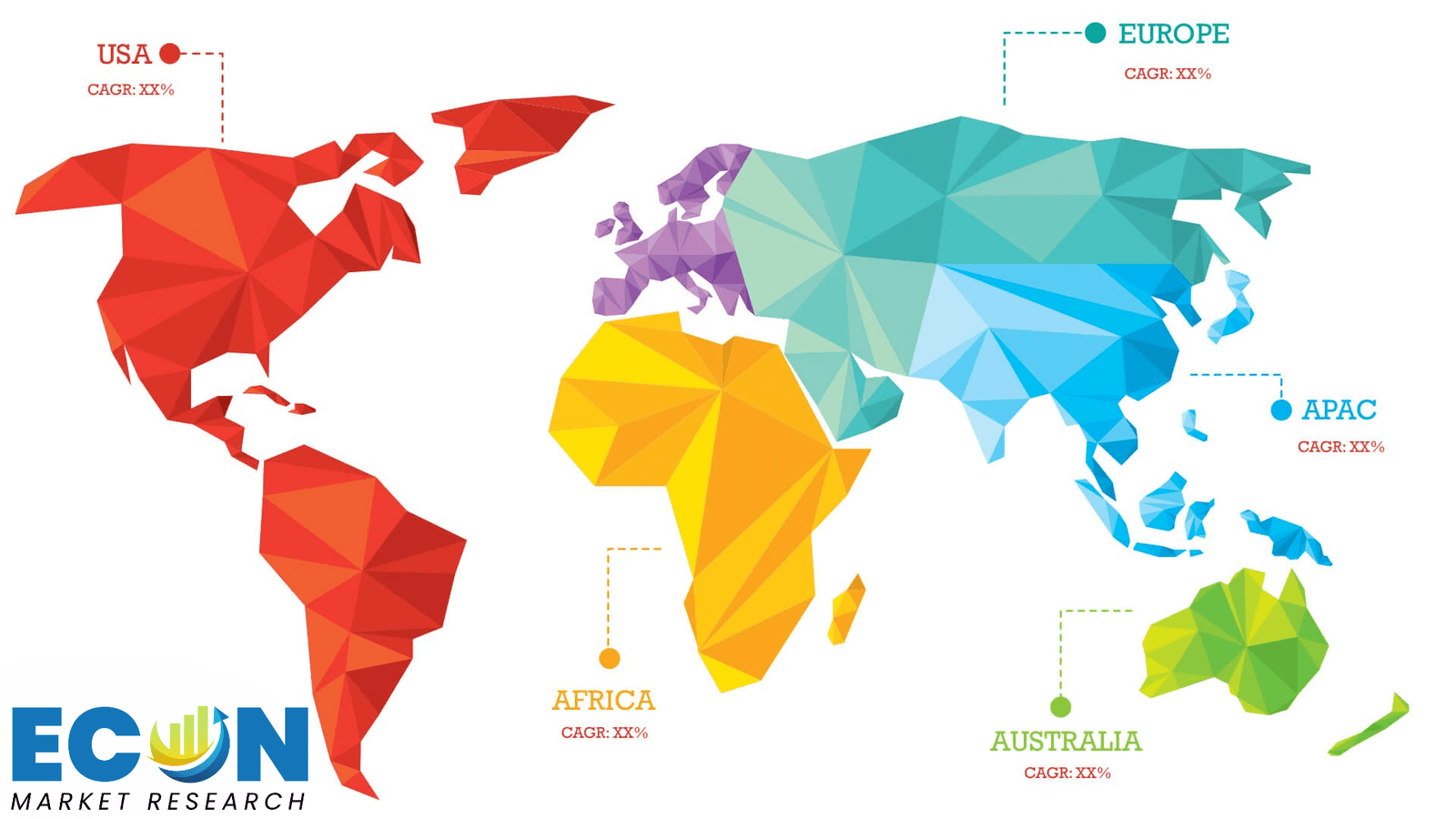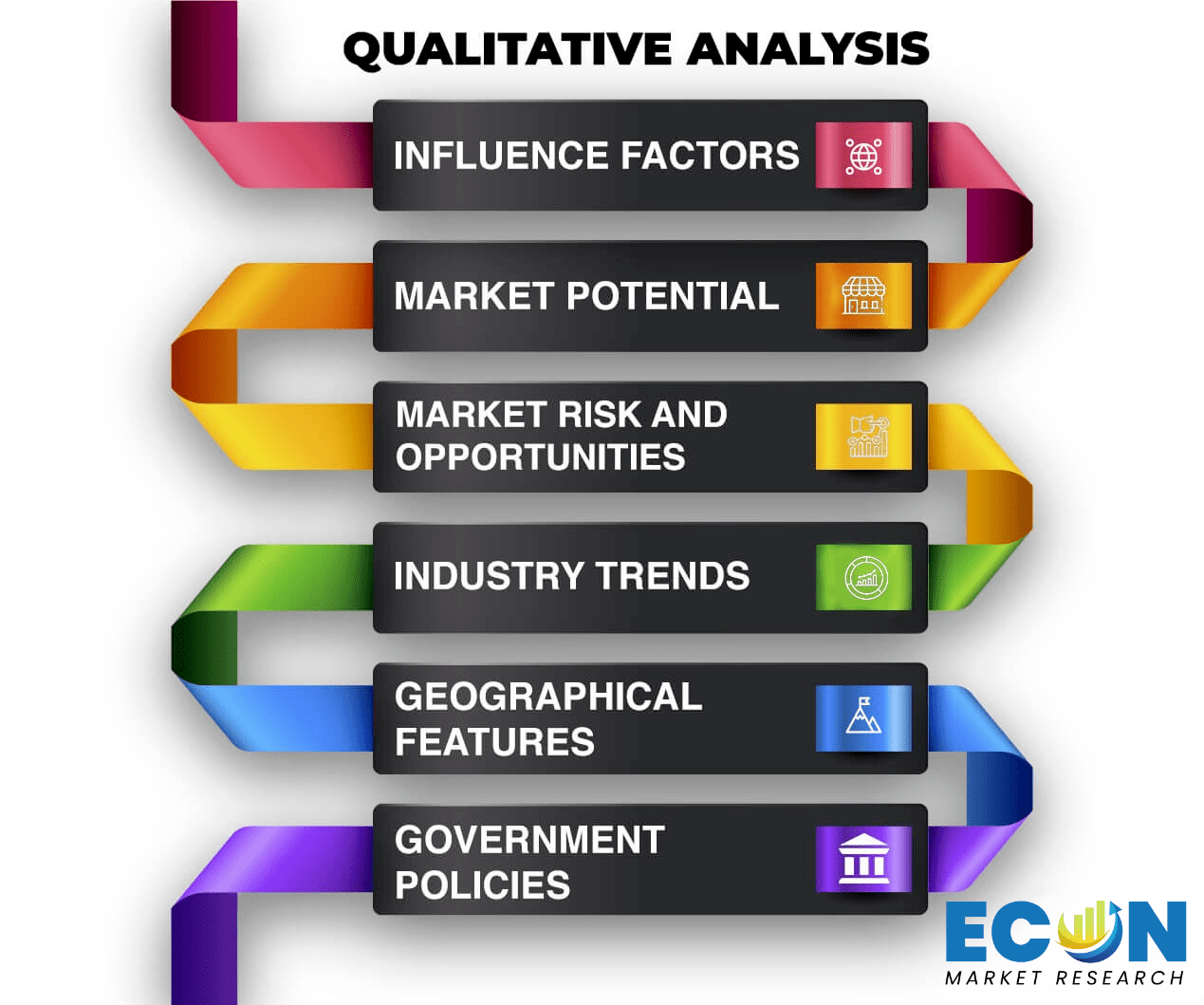Pet Accessories Market Size, Share, Trends, Growth, and Industry Analysis, By Product (Pet Toys, Housing and Bedding, Grooming Products, Carriers, Collars and Harness, and Others), End User (Dogs, Cats, and Others), Distribution Channel (Specialist Retailers, Factory Outlets, Internet Sales, Department Stores, and Others), Regional Analysis and Forecast 2033.
Global Pet Accessories Market size was USD 11.25 billion in 2024 and the market is projected to touch USD 17.63 billion by 2033, at a CAGR of 5.78% during the forecast period.
The Pet Accessories products range from collars, leashes, grooming tools, toys, clothing, bedding, carriers, and feeding accessories. Pet accessories are designed to ensure the comfort, safety, and well-being of pets while also enhancing the experience of pet ownership for consumers. As pet ownership continues to grow, the demand for high-quality and innovative pet accessories has seen a significant increase worldwide.
The market over the years has been changing to suit the various needs and demands of pet owners, which, in turn, have led to a rise in the premium as well as budget-friendly product categories. In addition to traditional pet accessories, there have been smart pet products that relate to the emerging trend of integration of technology into pets' lives. These are automatic feeders, pet cameras, fitness trackers, and GPS collars.
The North American and European regions currently lead the market, with growth being observed in Asia-Pacific regions. Increasing disposable incomes, increased adoption of pets, and rising awareness about pet health and well-being are the key drivers of this market's expansion. The global pet accessories market is expected to continue its growth trajectory in the coming years with the entry of new, innovative products and the focus on sustainability.
Pet Accessories Report Scope and Segmentation
|
Report Attribute |
Details |
|
Estimated Market Value (2024) |
USD 11.25 Billion |
|
Projected Market Value (2033) |
USD 17.63 Billion |
|
Base Year |
2024 |
|
Historical Year |
2018-2023 |
|
Forecast Years |
2025 – 2033 |
|
Scope of the Report |
Historical and Forecast Trends, Industry Drivers and Constraints, Historical and Forecast Market Analysis by Segment- Based on By Product, By End-Use, By Distribution Channel, & Region. |
|
Segments Covered |
By Product, By End-Use, By Distribution Channel, & By Region. |
|
Forecast Units |
Value (USD Million or Billion), and Volume (Units) |
|
Quantitative Units |
Revenue in USD million/billion and CAGR from 2025 to 2033. |
|
Regions Covered |
North America, Europe, Asia Pacific, Latin America, and Middle East & Africa. |
|
Countries Covered |
U.S., Canada, Mexico, U.K., Germany, France, Italy, Spain, China, India, Japan, South Korea, Brazil, Argentina, GCC Countries, and South Africa, among others. |
|
Report Coverage |
Market growth drivers, restraints, opportunities, Porter’s five forces analysis, PEST analysis, value chain analysis, regulatory landscape, market attractiveness analysis by segments and region, company market share analysis. |
|
Delivery Format |
Delivered as an attached PDF and Excel through email, according to the purchase option. |
Dynamic Insights
As the number of pet-owning increases, especially in emerging markets, so too has the demand for pet accessories across different varieties. People have become more willing to spend on high-quality and innovative products that upgrade the comfort, safety, and general well-being of their pets. Premium categories have seen the uptake as consumers increase purchases for tailored and more durable accessories like green toys, pet-specific smart devices, and advanced grooming. Technological advance is another dominant factor driving this market.
All smart pet equipment, including tracking devices, dog cameras, automated feeding systems, and others, finds acceptance among geeky pet parents. This group is expected to continue growing owing to the high adoption of Internet of Things-based solutions in pets. E-commerce businesses have also developed multiple pet accessories lines and made a large variety widely accessible to shoppers, which facilitates growth in selling. On the flip side of this coin lies a challenge: namely increased competition within the market sector, price consciousness, and continued innovation. Players focus on being innovative with what they offer with a focus towards sustainability and developing newer technologies so as to achieve competition.
Drivers Insights
The main driving force behind the growth of the pet accessories market is the increasing global trend of pet ownership. With more people adopting pets, especially dogs and cats, there is a constant demand for pet care products. Factors such as urbanization, smaller living spaces, and the growing emotional bond between pets and their owners have led to higher pet adoption rates.
In addition, pets are increasingly regarded as family members, which adds to the growing desire to invest in premium pet accessories, from fashionable apparel to comfort-enhancing products. The growth in adopting pets as companions for mental well-being, especially post-pandemic, has been sustained, with a corresponding increase in the number of households owning pets, and therefore the demand for a diverse range of pet accessories.
The technological advancements have completely changed the face of the pet accessories market by introducing new and more advanced products, which attract a tech-savvy owner to their pets. Smart pet accessories, including GPS tracking collars, automated feeders, pet cameras, and activity monitors, are increasing in popularity. They provide extra convenience, security, and health monitoring, thereby targeting the ever-increasing consumer desire to include technology in their pet's care. As pets grow more integral in everyday life, pet owners need products that bring convenience, dependability, and increased functionality in the products and, therefore create a demand for these technologically advanced items.
Restraints Insights
Demand for premium pet accessories is on the rise; however, a substantial portion of pet owners in the emerging markets face the problem of high costs with these products. High-quality branded pet accessories with advanced technologies like smart devices tend to be costlier. These factors will not make such accessories accessible to price-sensitive customers, and it might also delay the growth of this market in less affluent regions. Although the willingness to spend money on pets continues to rise, many pet owners view affordability as a significant problem, especially since there are numerous budget-friendly alternatives.
In relation to product safety, the pet accessories market poses challenges because most accessories can pose harm to the pets if not designed or manufactured with quality materials. The different regions have varied regulatory standards in pet accessories that may pose potential risks regarding the quality of products. There have been several recalls or complaints about specific products that fail to meet safety requirements, thus badly affecting the business and market at large. There are many regulatory requirements for the safety and health standards and even the material composition of pet accessories, which further raises the costs of production both for manufacturers and consumers.
Opportunities Insights
Environmental awareness continues to soar and calls for pet accessories made of eco-friendly, sustainable material. Most of the owners seek to have these pet accessories as part of minimizing the ecological footprint that human activity is bringing on Earth. Opportunities in the development of environmentally friendly pet accessories open for manufacturers if they create useful and green accessories for pets. Items like organic pet food bowls, compostable waste bags, and eco-friendly pet toys are going to catch the attention of conscious consumers. This will open doors for companies to build a loyal customer base in a niche market that is growing.
Segment Analysis
In the pet accessories market, the list of products is diversified, catering to different needs of pets. It includes pet toys that provide entertainment and mental stimulation for pets. While active pet toys are interactive, chewable, and plush toys, housing and bedding products include necessary items like pet beds, cages, mats, and so on to make sure that the pet feels comfortable and has a different place in the house. There are various grooming products that include shampoos, brushes, nail clippers, and grooming kits to keep the pet clean and tidy.
A very important category is carriers as it provides owners the ease to move their pet around safely with safety precautions while moving out. Other than these products, collars and harnesses provide both form and function when keeping pets secure for walks and outings. Product categories may extend into feeding accessories, training equipment, and even clothing for the pet.
The end-user segment in the pet accessories market primarily includes dogs, cats, and other pets. Dogs represent the largest group of pets that drive the demand for accessories such as collars, leashes, beds, and grooming products, given their active nature and need for regular care. Cats also constitute a significant portion of the market, with accessories tailored for their grooming, feeding, and entertainment needs, including specialized litter boxes, scratching posts, and toys.
The distribution channel segment of the pet accessories market includes several retail outlets by which products are distributed to the consumers. For pet accessories, specialist retailers in the form of pet stores and pet supermarkets provide a wide selection of products as well as advice from experts. Factory outlets serve as another type of distribution, where consumers purchase pet accessories directly from the manufacturer, often at discounted prices. Internet sales, which include online e-commerce sites and pet store sites, have become very high because of the convenience of buying from home and the availability of a wide variety of products. Department stores also are part of the pet accessories market, making mainstream pet care products available in convenient locations.
Regional Analysis
North America is the largest market share holder, mainly due to high pet ownership rates, especially in the United States, where pets are increasingly being considered as family members. This has led to a growing demand for premium and innovative pet accessories, including smart products such as GPS collars, automated feeders, and pet cameras. Other regional factors include a highly developed retail structure and broad channels of online sale, thus reaching pet accessories very easily to consumers.
Europe stands second with key contributors like Germany, the UK, and France. Here again, sustainable eco-friendly pet products are gaining huge demand along with premium items on pet health and well-being issues. There has been a speedy growth of pet accessories in the Asia-Pacific region, as increasingly urbanized customers with growing incomes and pet-adoption trends lead to this, especially in places like China, Japan, and India. Because of increasing growth in pet owners, especially from emerging economies, the demand for pet accessories would be quite enormous.
However, in this region, the market is still in the developmental stage; budget-friendly products are more predominant than premium. In Latin America, the market is growing since pet ownership increases, especially in Brazil and Mexico, but still, affordability will be a big issue for many people. Emerging Market: The Middle East and African region also represents promising growth since the disposable incomes are rising alongside pet adoption trends, especially for countries like South Africa and United Arab Emirates.

Competitive Landscape
The top companies in the world, such as Mars Petcare, Nestlé Purina, and Petco, have strong portfolios of products and brands with excellent distribution networks across the globe. They sell an extensive array of pet accessories: grooming products and toys, collars and bedding, and cater to various pet types and consumer preferences. The above factors provide a competitive advantage because of strong brand recognition and innovation in introducing new products. These large players also enjoy economies of scale, which allows them to offer competitive pricing, especially in mainstream pet accessory categories.
At the same time, the market also witnesses the emergence of a large number of specialized and smaller companies that specialize in niche areas such as eco-friendly, organic, and smart pet accessories. They often target consumer demands such as sustainability, premium quality, or technological integration in products. Examples include Chuckit! Consumers want top-of-the-line toys and safety products, hence the rise in popularity of brands like PetSafe and Outward Hound. Start-ups which focus on one-of-a-kind pet needs like custom designed accessories are on a roll too.
E-commerce is also not out of the scene, especially from a competitive aspect since Amazon, Chewy, and Etsy sell numerous pet accessories manufactured by several companies. Online retailing has leveled the playing field, allowing smaller players to reach a global audience. Continuous innovation is expected to keep the pet accessories market highly competitive as companies continue to evolve with changing consumer needs and leverage technology, sustainability, and customization to improve product offerings.
List of Key Players:
Recent Developments:
Global Pet Accessories Report Segmentation
|
ATTRIBUTE |
DETAILS |
|
By Product |
|
|
By End User |
|
|
By Distribution Channel |
|
|
By Geography |
|
|
Customization Scope |
|
|
Pricing |
|
Research Methodology
Our research methodology has always been the key differentiating reason which sets us apart in comparison from the competing organizations in the industry. Our organization believes in consistency along with quality and establishing a new level with every new report we generate; our methods are acclaimed and the data/information inside the report is coveted. Our research methodology involves a combination of primary and secondary research methods. Data procurement is one of the most extensive stages in our research process. Our organization helps in assisting the clients to find the opportunities by examining the market across the globe coupled with providing economic statistics for each and every region. The reports generated and published are based on primary & secondary research. In secondary research, we gather data for global Market through white papers, case studies, blogs, reference customers, news, articles, press releases, white papers, and research studies. We also have our paid data applications which includes hoovers, Bloomberg business week, Avention, and others.

Data Collection
Data collection is the process of gathering, measuring, and analyzing accurate and relevant data from a variety of sources to analyze market and forecast trends. Raw market data is obtained on a broad front. Data is continuously extracted and filtered to ensure only validated and authenticated sources are considered. Data is mined from a varied host of sources including secondary and primary sources.

Primary Research
After the secondary research process, we initiate the primary research phase in which we interact with companies operating within the market space. We interact with related industries to understand the factors that can drive or hamper a market. Exhaustive primary interviews are conducted. Various sources from both the supply and demand sides are interviewed to obtain qualitative and quantitative information for a report which includes suppliers, product providers, domain experts, CEOs, vice presidents, marketing & sales directors, Type & innovation directors, and related key executives from various key companies to ensure a holistic and unbiased picture of the market.
Secondary Research
A secondary research process is conducted to identify and collect information useful for the extensive, technical, market-oriented, and comprehensive study of the market. Secondary sources include published market studies, competitive information, white papers, analyst reports, government agencies, industry and trade associations, media sources, chambers of commerce, newsletters, trade publications, magazines, Bloomberg BusinessWeek, Factiva, D&B, annual reports, company house documents, investor presentations, articles, journals, blogs, and SEC filings of companies, newspapers, and so on. We have assigned weights to these parameters and quantified their market impacts using the weighted average analysis to derive the expected market growth rate.
Top-Down Approach & Bottom-Up Approach
In the top – down approach, the Global Batteries for Solar Energy Storage Market was further divided into various segments on the basis of the percentage share of each segment. This approach helped in arriving at the market size of each segment globally. The segments market size was further broken down in the regional market size of each segment and sub-segments. The sub-segments were further broken down to country level market. The market size arrived using this approach was then crosschecked with the market size arrived by using bottom-up approach.
In the bottom-up approach, we arrived at the country market size by identifying the revenues and market shares of the key market players. The country market sizes then were added up to arrive at regional market size of the decorated apparel, which eventually added up to arrive at global market size.
This is one of the most reliable methods as the information is directly obtained from the key players in the market and is based on the primary interviews from the key opinion leaders associated with the firms considered in the research. Furthermore, the data obtained from the company sources and the primary respondents was validated through secondary sources including government publications and Bloomberg.
Market Analysis & size Estimation
Post the data mining stage, we gather our findings and analyze them, filtering out relevant insights. These are evaluated across research teams and industry experts. All this data is collected and evaluated by our analysts. The key players in the industry or markets are identified through extensive primary and secondary research. All percentage share splits, and breakdowns have been determined using secondary sources and verified through primary sources. The market size, in terms of value and volume, is determined through primary and secondary research processes, and forecasting models including the time series model, econometric model, judgmental forecasting model, the Delphi method, among Flywheel Energy Storage. Gathered information for market analysis, competitive landscape, growth trends, product development, and pricing trends is fed into the model and analyzed simultaneously.
Quality Checking & Final Review
The analysis done by the research team is further reviewed to check for the accuracy of the data provided to ensure the clients’ requirements. This approach provides essential checks and balances which facilitate the production of quality data. This Type of revision was done in two phases for the authenticity of the data and negligible errors in the report. After quality checking, the report is reviewed to look after the presentation, Type and to recheck if all the requirements of the clients were addressed.
